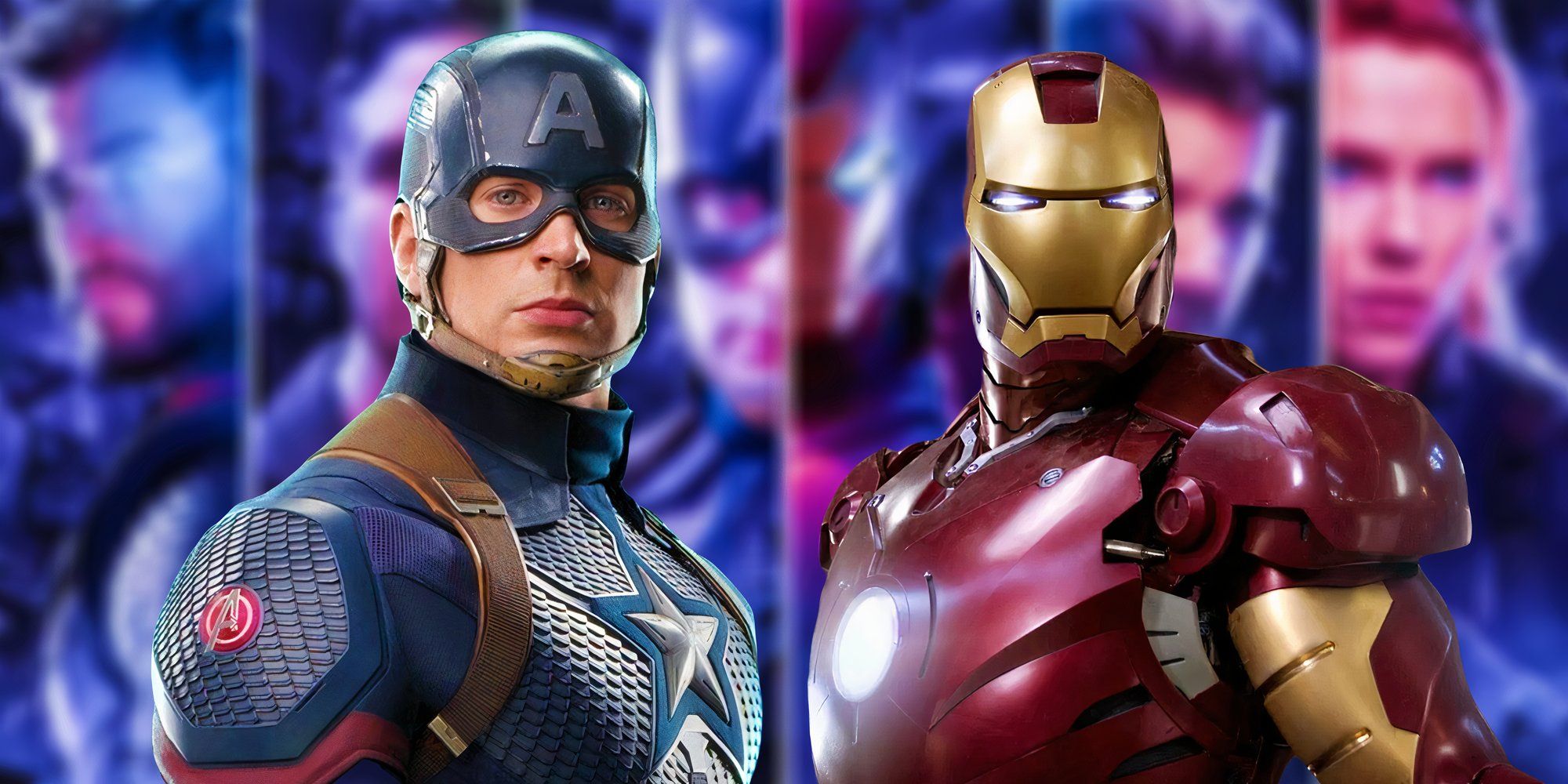[[{“value”:”
According to Marvel Senior Editor Tom Brevoort, Iron Man and Captain America were originally pitched as leading opposite sides in Marvel’s Civil War storyline, which is widely considered the defining superhero crossover story of the past twenty years. However, conflict almost looked and felt entirely different; initially, author Mark Millar had Tony Stark and Steve Rodgers’ positions on the Superhero Registration Act swapped.
In his latest Substack Q&A, Brevoort admitted that he was the one who stepped in and course-corrected Civil War at the earliest stage of conception, arguing that Millar’s positioning of Captain America as pro-Registration and Iron Man as anti-Registration was, in fact, backward.
The longtime Marvel Editor’s observation was astute, and in the end, Brevoort shoulders a lot of the responsibility for the success of the event, as a result. For Marvel fans, it is worth wondering how different the past two decades of comic lore would be had the publisher proceeded with Millar’s original pitch.
Marvel’s “Civil War” Was Almost Radically Different, At The Most Fundamental Level Of The Story
According To Senior Editor Tom Brevoort
One of the things that made Marvel’s Civil War successful was the way that it distilled the core conflict of the series into the leaders of its two factions – Iron Man, who argued in favor of the Superhuman Registration Act, and Captain America, who rallied those who thought it was dangerous. More than just superheroes duking it out, the story came to be about a bitter ideological divide between two friends and allies, one in which the action transcended “right and wrong,” or “good and bad.”
Brevoort’s answer shows a concise, well-calibrated understanding of both Iron Man and Captain America.
As Tom Brevoort, who played an integral role in the series’ creation explained, this was always the genesis of the plot, but with one critical difference – which character best represented which argument. Brevoort wrote:
The core concept of it was Mark Millar’s, and he was the one who put forth the conflict as being between Captain America and Iron Man. But Mark had them configured as you lay out above, and I was the one who piped up and said that that was wrong. Captain America has almost never been presented as a “my country right or wrong” kind of a figure. If anything, he’s more sympatico with the FDR “New Deal” agenda. So him choosing to throw in with hunting down other heroes felt like a misrepresentation of the character. Iron Man, on the other hand, was a futurist as well as somebody who had a long history of working with the government in building armaments, so it made more sense to me that Tony Stark would see Registration as a necessary step and put his weight behind it. From there, in general, Mark worked out who would be on what side based on his needs for the story, with input from me and the assorted other editors and writers.
Brevoort’s answer shows a concise, well-calibrated understanding of both Iron Man and Captain America; that is not to say Mark Millar lacks such an understanding, but simply that, in this crucial moment, the author did not recognize how he was developing his idea around the surface level conceptions of the characters, rather than their deeper attributes.
Why Tom Brevoort Made The Right Call And Possibly “Saved” Marvel’s Civil War
Exploring The Legacy Of The Miniseries
Comic book fans, especially Marvel readers, love a good “What If?”, and the question of how Civil War would have played out – and more importantly, what its legacy would be like as it approaches its 20th anniversary – is a massive one. Mark Millar would have produced an exciting, pathos-provoking story with his original conception of Civil War, that much fans can be certain of; yet how it would have impacted fans’ prevailing opinions of Iron Man and Captain America is harder to consider counterfactually, especially with Captain America’s even more controversial Secret Empire storyline having come a decade later.
Related
X-Men Is Reimagining Civil War’s Most Creative Idea On an Even Bigger Scale
In the wake of Krakoa’s fall, the X-Men are bringing back one of Civil War’s most creative idea, but on a much bigger scale than the event did.
Still, it isn’t entirely out of line to suggest that Tom Brevoort “saved” Civil War by interceding at the right moment in the early, generative stages of its creation – though, perhaps it is better to say that Brevoort helped the story be the best possible version of itself, rather than suggesting that it would have failed had Tony Stark and Steve Rogers’ roles been reversed. In any case, the Senior Marvel Editor’s comments on his role in the story are a fascinating, insightful peek into the history of Iron Man and Captain America’s defining story of the 21st century.
Source: Tom Brevoort, Substack
Iron Man
Anthony “Tony” Edward Stark, AKA Iron Man, is a Marvel Comics superhero who has enjoyed several years of the spotlight and has become a mainstay in several Marvel media franchises. After suffering a critical injury, Tony creates a specialized armored suit powered by an arc reactor, which keeps him alive. Egotistical but good-hearted, Tony utilizes his super intellect and inventions to fight to protect humanity from various threats, eventually becoming a founding member of the Avengers. In 2008, the Marvel Cinematic Universe was kicked off with the film Iron Man, which starred Robert Downey Jr. as the superhero.
Captain America
Initially debuting in 1940, Captain America is the patriotically themed superhero who has shared the title with only a few individuals. Beginning with Steve Rogers, Captain America’s birth resulted from a frail man taking part in an experimental U.S. Army super-soldier trial, which imbued him with super-human abilities. The character is often depicted wielding a nigh unbreakable and aerodynamic shield made of vibranium that they use to defend and attack their foes.
“}]] Marvel’s original Civil War idea, explained. Read More

